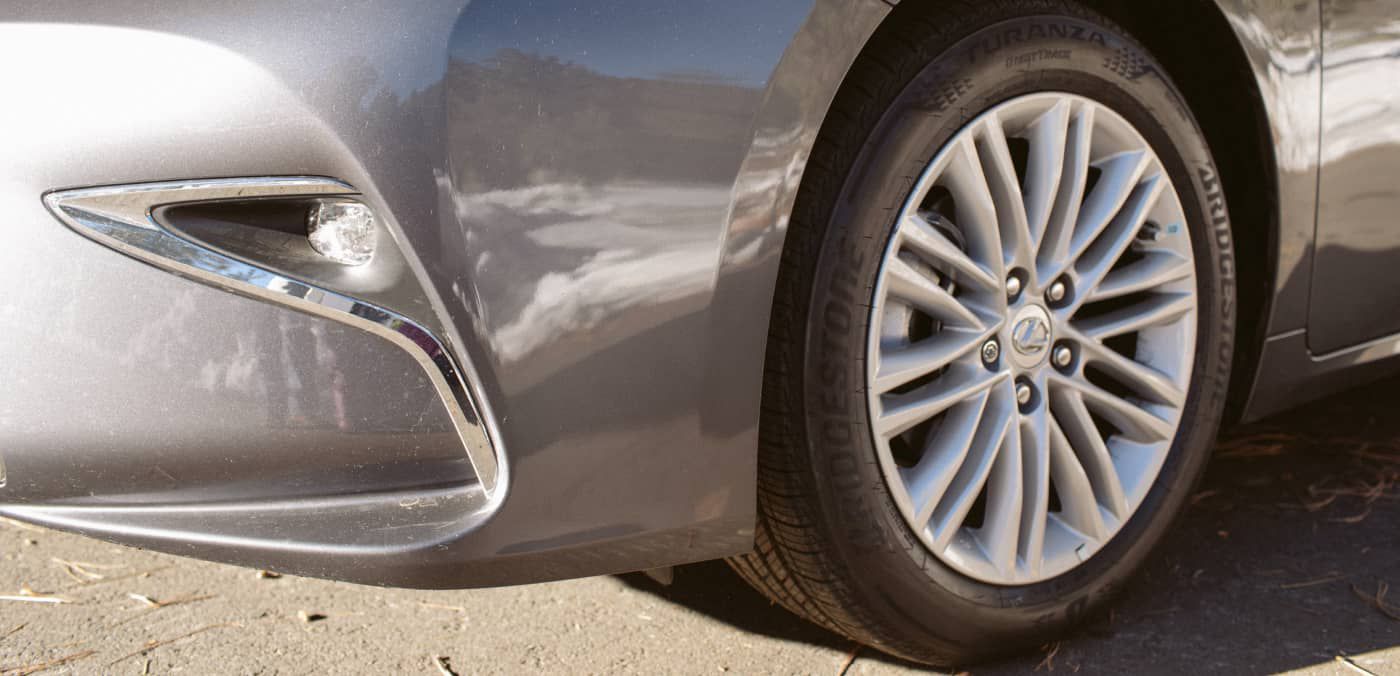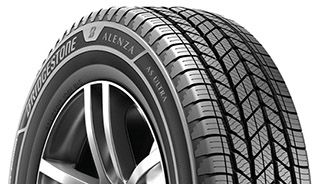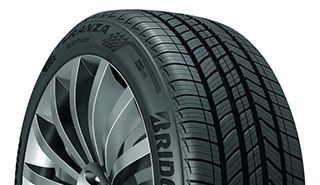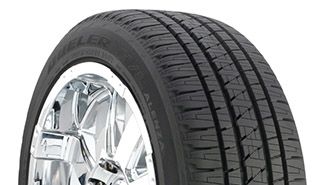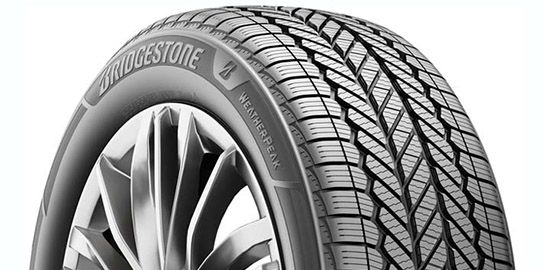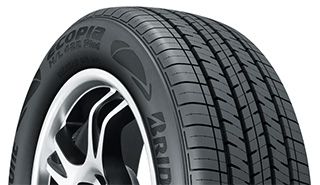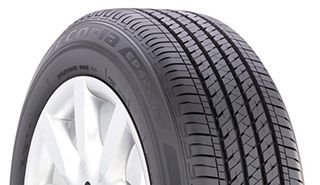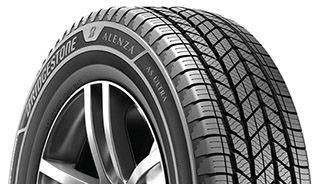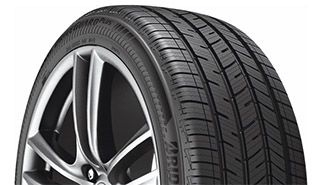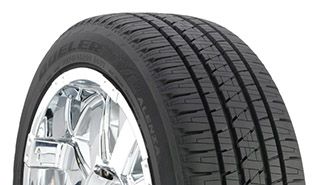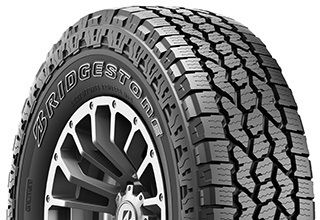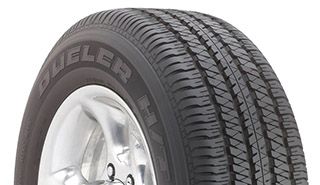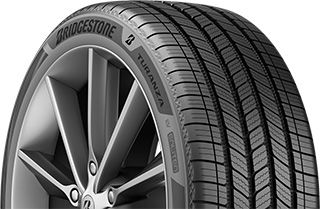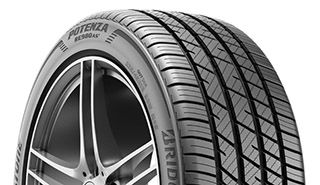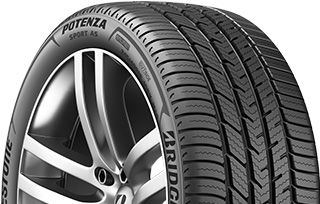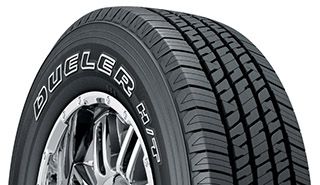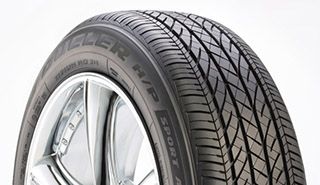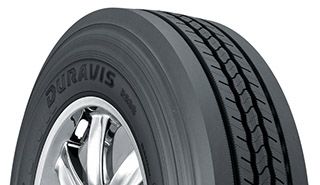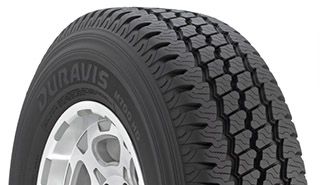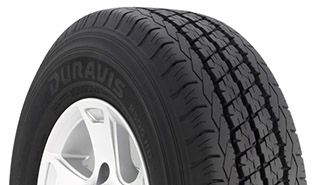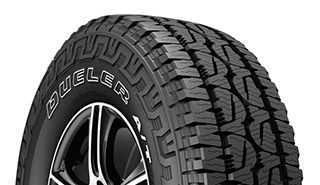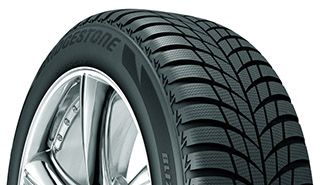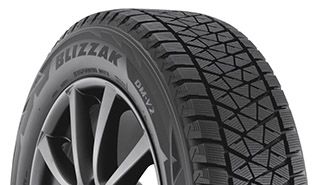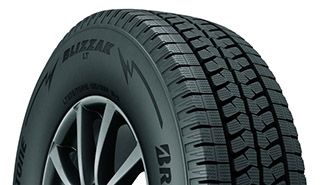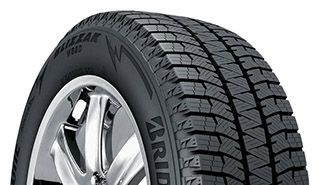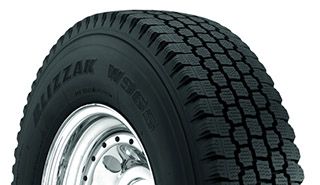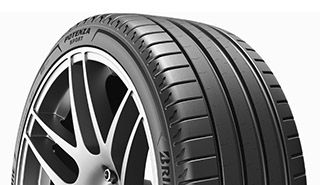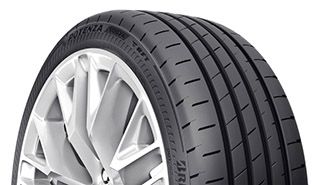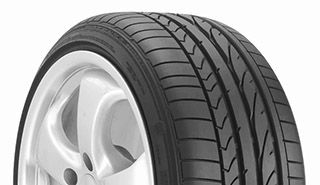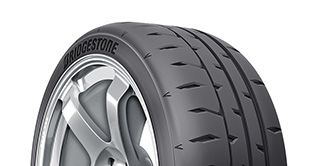DRIVE SAFE, GET THERE HAPPY
It's been more than a century since rubber tires started to show up on automobiles. Before that, metal or wooden wheels clattered along unpaved roads. Fortunately for the nerves of drivers everywhere, rubber tires are a feature that we take more and more for granted. To get the best ride and the longest life out of your tires, they should be more than just an afterthought.
As with just about everything with a car, paying attention and being proactive are the keys to a successful trip. First, we recommend you take a good look at your tires. Here are a few things that could mean trouble on the road ahead:
CHECK THE INFLATION
Proper tire inflation is very important; underinflated tires can make controlling your car more difficult, reduce gas mileage and may lead to tire failure. Use a tire gauge to be sure tires are inflated properly. Check your tire pressure every month as well as before long trips or when carrying extra load. The vehicle manufacturer's recommendations for tire pressure can be found on a label affixed to the driver's door or door jamb, or in the vehicle owner's manual. Remember that tire pressure should be checked when the tires are "cold," which means when your car hasn't been driven for three hours or for less than a mile at moderate speed.
BALDNESS
It doesn't just plague middle-aged men. Tire tread wears away over time and should have a minimum of 2/32-inch depth. Fortunately, this is an easy thing to check: Use a tread depth gauge, or check by inserting a penny into each tread groove with Lincoln's head upside down. If you can see all of Lincoln's head (including his hair!), it's time to shop for a new set.
UNEVEN TREAD WEAR
Many factors can contribute to tire tread looking uneven, such as wear on one side of the tread. Improper inflation, problems with a car's suspension and misaligned wheels are a few of these factors. Flat spots may indicate a problem with the tire; have it checked by a tire service professional as soon as possible.
CRACKED SIDEWALLS
Tires with sidewalls that look cracked, split, cut, or sliced may have been damaged by road hazards, underinflation, overloading or abrasion from curbs. The rubber may also have been damaged by environmental factors like excessive exposure to heat or ozone. When this happens, your tires may be susceptible to failure; have them checked by a tire service professional.
BULGES AND BLISTERS
If there is an unusual bump or blister anywhere on a tire, replace it ASAP. Bubbles like this are signs of damage within the tire structure that could lead to its failure.
RRRRRUMBLIN'
A vibration problem could be caused by any number of mechanical ailments, including misaligned wheels or a bent rim, but it could also signal tire damage. If you feel a vibration or hear unusual noises, have it inspected by a tire service professional, and replace the tire if necessary.
Now that you've paid a little closer attention to your tires and sent your car to the shop for a tire tune-up, there's a few more things you can do to keep the ride smooth from here on out:
GET IN LINE
One bad run-in with a curb or pothole can throw a car out of alignment, possibly causing tires to wear unevenly and wear out sooner than necessary. Have a mechanic check your alignment periodically to make sure you're driving the straight and narrow.
SWITCH THINGS AROUND
To make sure all four tires wear evenly and perform as designed, rotate your tires according to the vehicle manufacturer's recommendations found in your vehicle owner's manual, or every 5,000 miles.
SPARES
Don't leave home without one. Unless you're outfitted with run-flat tires (like the revolutionary Bridgestone DriveGuard), carrying a spare tire can spare you a serious headache. It's important to maintain a spare just like any other tire, checking it every month for proper inflation and making sure it is in useable condition. A neglected spare can be pretty much as bad as not having one.
Your tires are the foundation of your vehicle. Keep them happy and healthy, and they'll keep you rolling along.



